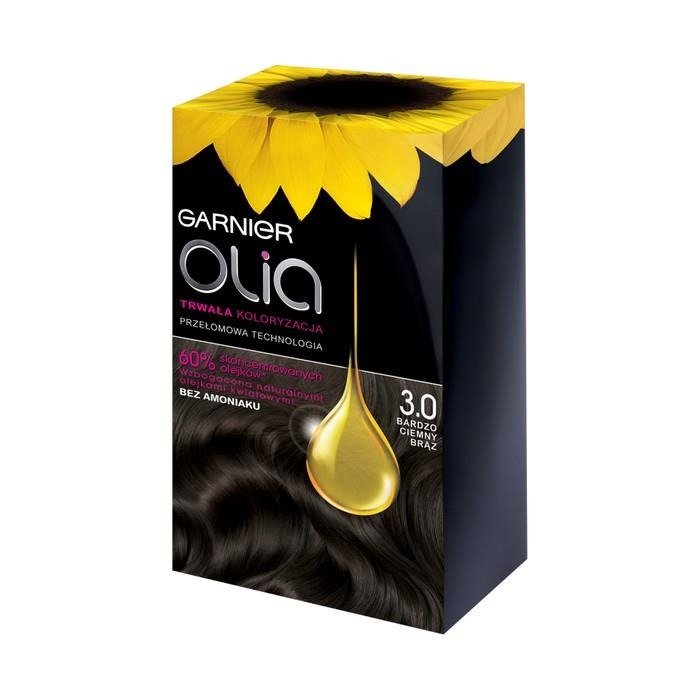


But, for semi-permanent dyes, it's the opposite. According to Ionato, for at-home permanent dyes, your best bet is choosing a color that's a touch darker than what you're going for because of the strong developer. Dana Ionato, a colorist at Sally Hershberger's Downtown salon in New York City, agrees: "The color always ends up lighter than the model's hair on the packaging the developer in at-home permanent dyes is very strong - stronger than the ones we use in the salon - so it lifts the color and makes it lighter than what you see on the box."Įven if you do consult the back of the box for guidance, it can still be tricky to figure out your perfect shade. "Be sure to thoroughly consult the chart on the side or the back, which gives a better indication of where your hair color will end up, based on your beginning hue," says Fitzsimons. It may seem like your dream shade is staring right at you, but our best bet is to turn the package around and see how the formula will actually look on your hair type, explains hairstylist Andrew Fitzsimons, who the Kardashian-Jenner family has on speed dial. The first rule of thumb - and a solid piece of advice to live by - is that looks can be deceiving.

Still, there are a few things to know before diving hair first into the world of DIY hair dye. Many formulas have built-in or included conditioners and boost shine - who wouldn't want that? But the time (and cost) of getting a dye job at the salon can add up, especially since maintenance is needed to keep your new hue in tip-top shape. Whether you want to try out highlights or go for all-over color, today's best at-home hair-color kits have stepped their game in terms of formula, color selection, and ease of use. Changing up your hair color can come with many refreshing perks.


 0 kommentar(er)
0 kommentar(er)
